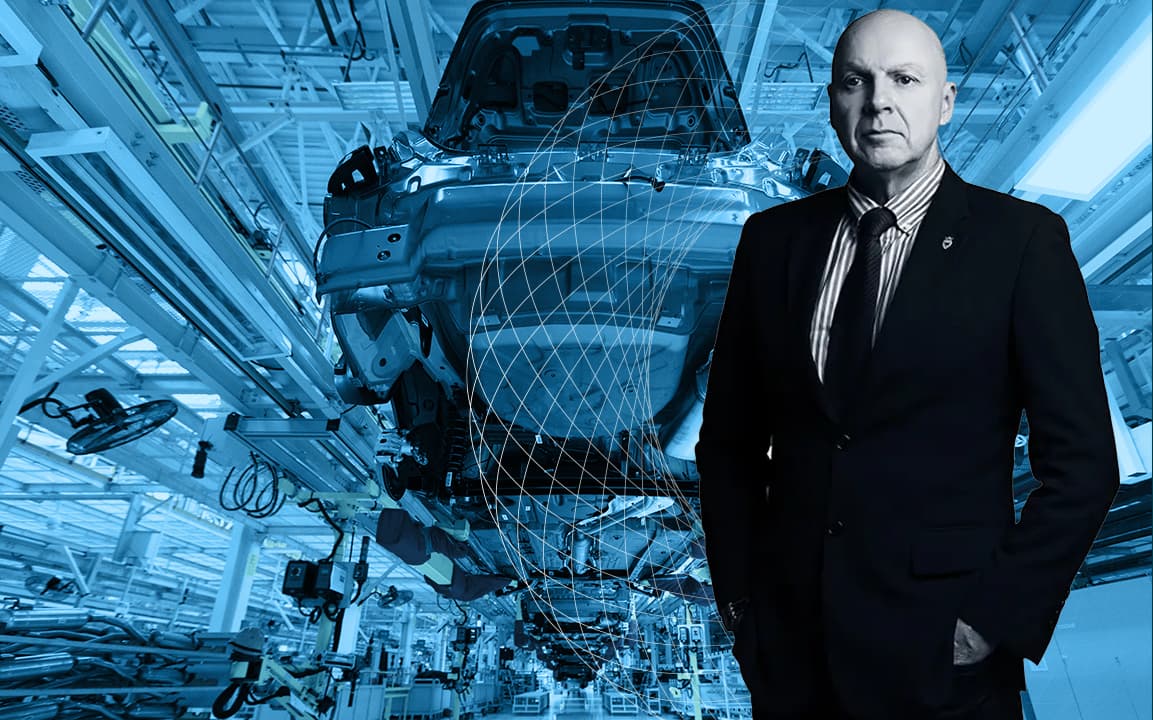Located in the heart of Southeastern Europe, Serbia is often regarded as the gateway to Western Europe due to its strategic location. As a key country for the stability of the Western Balkans, Serbia has achieved significant economic successes in recent years, accelerating convergence with the EU and positioning itself as the regional economic powerhouse.
Over the past decade, Serbia has undergone a remarkable transformation, with the restructuring of public finances, a focus on manufacturing industry – not exclusively tied to the automotive sector – and a reduction in unemployment, leading to an improvement in the standard of living. The country recorded a budget surplus in 2017 and 2018, and balanced its budget in 2019. Although these indicators reversed from 2020 onwards, with an increase in inflation due to the impact of the energy crisis and the Russian invasion of Ukraine, the macroeconomic fundamentals of the Balkan republic remain solid.
In December 2019, the government introduced a new National Investment Plan, allocating approximately $14 billion to major development projects to be completed by 2025, primarily in the infrastructure sector, offering opportunities to Italian and European companies. The construction sector has seen a significant boost, with numerous projects planned for the coming years, including luxury residences, commercial complexes, and large-scale residential developments.
Furthermore, Serbia has invested in technological innovation and the knowledge economy, with research centers such as the Bio4 Campus in Belgrade. Investments in the ICT sector have increased by 45 percent compared to 2021, with the current challenge being to transform technological solutions into drivers of economic and social growth.
Finally, Serbia has proven attractive to multinational corporations and businesses that have relocated part of their production to Europe, thanks to:
- Strategic Location: Serbia offers privileged access to both Western and Eastern European markets. Its central geographical position makes it a natural bridge between Western Europe and the emerging markets of the East.
- Logistics Infrastructure: The country boasts a solid logistics infrastructure, with modern highways, river ports, and well-connected airports. This facilitates the transportation of goods and raw materials, reducing distribution costs and making supply chain management more efficient.
- Competitive Costs: Serbia offers lower labor costs compared to Western European countries, without compromising the quality of work due to the high professional qualifications of available resources.
- Government Support: The Serbian government has implemented policies and incentives to attract foreign investment and promote economic development, including tax breaks, contribution relief, and professional training programs for the local workforce.
In summary, Serbia provides a favorable environment for investment and productive activities, with a combination of logistical advantages, competitive costs, and political and economic stability that make it one of the most attractive countries in Europe for locating production sites, perfectly integrated into a strategy to reduce supply chain risk arising from geopolitical factors and cost containment.








